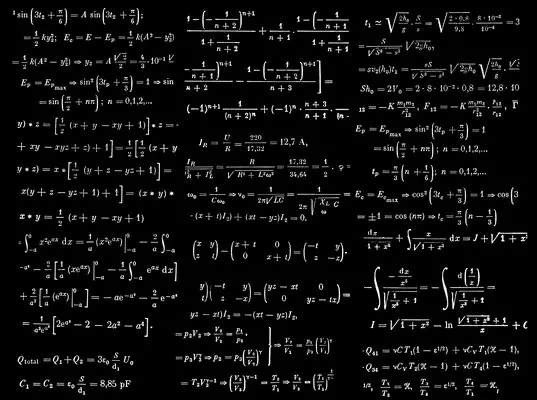Table of Contents
- Understanding the ‘Critically Evaluate’ Question
- Preparation and Planning
- Writing the Essay
- Paragraph Construction
- Final Tips
Writing a ‘critically evaluate’ essay is a common task in undergraduate sociology courses. This type of essay requires not only an understanding of the topic but also the ability to analyze, critique, and synthesize information from various sources. This guide provides a detailed approach to effectively answer a ‘critically evaluate’ essay question, focusing on structure, content, and analytical depth.
Understanding the ‘Critically Evaluate’ Question
What Does ‘Critically Evaluate’ Mean?
‘Critically evaluate’ means to analyze a topic or argument in detail, assessing its strengths and weaknesses. It involves examining the evidence, identifying biases, and considering alternative perspectives. The goal is to provide a balanced and well-reasoned evaluation, rather than simply summarizing or stating personal opinions.
Importance in Sociology
In sociology, critical evaluation is essential because it encourages students to engage deeply with theories, research findings, and societal issues. It moves beyond mere description, requiring a nuanced understanding of the complexities involved in social phenomena.
Preparation and Planning
Understanding the Question
Before starting to write, it is crucial to thoroughly understand the essay question. Break it down into key components:
- Identify the main topic or argument to be evaluated.
- Determine what aspects you need to focus on (e.g., theoretical perspectives, empirical evidence, methodological approaches).
Research and Note-taking
Conduct comprehensive research using academic sources such as journal articles, books, and reputable websites. Take detailed notes, categorizing information by themes or arguments. Note down citations to ensure proper referencing later.
Creating an Outline
An outline helps organize your thoughts and structure your essay logically. A typical outline for a ‘critically evaluate’ essay might include:
- Introduction
- Background Information
- Main Body (divided into thematic sections)
- Evaluation of strengths
- Evaluation of weaknesses
- Consideration of alternative perspectives
- Conclusion
Writing the Essay
Get the full article AD FREE. Join now for full access to all premium articles.
View Plans & Subscribe Already a member? Log in.




